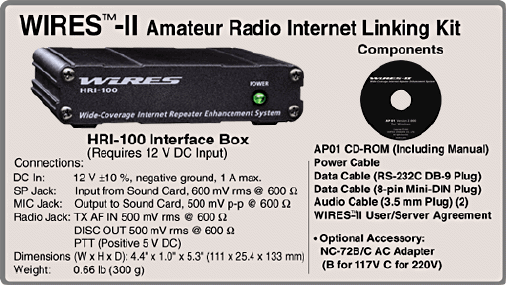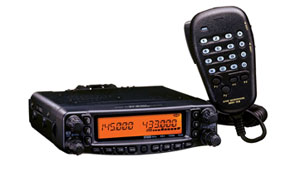|
Wide-coverage Internet Repeater Enhancement System II BY JIM BAUDO, N0UQZ | |||||||||||||||||||||||||||||||||||||||||
|
All About WIRES? II | |||||||||||||||||||||||||||||||||||||||||
|
Wide-coverage Internet Repeater Enhancement System | |||||||||||||||||||||||||||||||||||||||||
| What is WIRES? II | |||||||||||||||||||||||||||||||||||||||||
|
Wide-Coverage Internet Repeater Enhancement System. Since WIRES? was announced at the 2002 Dayton Hamvention, the system has evolved into a much more versatile system, known as WIRES?-II. WIRES?-II is a technique of using Internet Voice Networking technology to link two repeaters or home stations, across a county or across a continent, thus allowing users with a hand-held or mobile transceiver to communicate over long distances. Nonproprietary DTMF signaling is used to establish the Internet link. WIRES?-II has several unique features and operating modes that set it apart from other linking systems already in the marketplace: (1) The HRI-100 Interface, which is the electronic part of a WIRES? node, connects to a personal computer (using Windows? 98SE or later OS), and that computer may connect either to a high-speed (DSL/ISDN/T1, etc.) or a regular dial-up (56 kbps) Internet connection. The HRI-100 comes with AP01 Software on CD, data cable and audio cables (requires 12 VDC @ 1 amp).
(3) The FRG (Friends' Repeater Group) operating mode involves a worldwide assortment of repeaters and base stations that have configured their nodes to get calls from any other WIRES? node. Similar in concept to IRLP, the FRG mode has the additional capability of Group Calling of up to ten other nodes, using a single DTMF digit, a feature that might be of tremendous benefit to emergency groups. To make a regular FRG call, you press [#] then five more DTMF digits, depending on the I.D. number of the node you are calling. Get the WIRES II Node # here: For example, to call node #1101D in California, close the PTT switch on your transceiver, then key in the [#][1][1][0][1][D] DTMF digits from your keypad. A link should be established, and you can just make a call as though you were operating on a regular repeater. When your QSO is over, be sure to send the
"disconnect" signal, which is either [#][9][9][9][9][9] or
[#][9][9][9][9][D].
During your QSO, it is possible that the other station may seem to
disappear. If this happens, it is possible that the other station's
Time-Out Timer may have terminated the link. Wait a few minutes, and try
again, but do not immediately try to re-establish the link. When making an
initial QSO, it is recommended that you keep your transmissions short
until you come to know the Time-Out Timer settings for the other
station. (4) Plug-and-play interconnections to FT-7100M, FT-8900R allow a WIRES?-II node to be created in a matter of minutes. Yaesu has interconnection instructions for a number of popular repeater controllers.
WIRES?-II Internet Linking System Requirements:
Where can I get More Information? CHECK BACK TO THIS WEB SITE FOR MORE INFORMATION. MAIN MENU HERE | |||||||||||||||||||||||||||||||||||||||||
| 11/12/02 SYSTEM IS UP AND RUNNING | |||||||||||||||||||||||||||||||||||||||||
|
| |||||||||||||||||||||||||||||||||||||||||
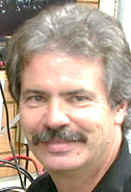 8/12/02 PHONE CALL FROM CHIP C. MARGELLI TO JIM,
N0UQZ. 8/12/02 PHONE CALL FROM CHIP C. MARGELLI TO JIM,
N0UQZ.
K7JA, CHIP ADVISED THE SOFTWARE IS HAVING SOME UP GRADING TO IT AND THE SYSTEM WILL BE ONLINE SOON. JIM, N0UQZ | |||||||||||||||||||||||||||||||||||||||||
|
| |||||||||||||||||||||||||||||||||||||||||
| 7/1/2003 UPDATE: THE WIRES SYSTEM HAS BEEN UP AND RUNNING FOR MANY MONTHS NOW. MORE AND MORE STATION ARE COMING ON THE SYSTEM AND THE CITIES YOU CAN CONNECT TO HAS EXPANDED GREATLY. TRY IT YOU WILL LIKE IT. JIM, N0UQZ | |||||||||||||||||||||||||||||||||||||||||
|
| |||||||||||||||||||||||||||||||||||||||||
| 9/13/2003
UPDATE: The new "Version 3" software is a really terrific upgrade, including a number of exciting new features: (1) CHAT FUNCTION The CHAT function allows you to send and receive "Chat" messages to other nodes, regardless of whether or not you are currently connected to them. You just enter the node number, add a space, then start your message. (2) ON-LINE NODE LISTING The node list on the left side of the screen will now indicate all nodes currently connected to the WIRES server. A right-click on your mouse will allow you to connect to any of those nodes instantly. On the left edge of this box, there is a user-programmable icon indicating TX/RX status of the node. If the icon turns yellow, that indicates that there is a transmission in progress. And you can program in information about your node (location, grid square, node frequency, e-mail address, and even a picture), for viewing by other users. (3) DIRECT CONNECTION There also is a new command line allowing direct connection to any node you like. (4) ROUND TABLE QSO ROOMS We are now able to accommodate round-table "reflector" type QSO rooms of up to 50 nodes each. You may set up a Round Table QSO Room by registering for an ID number and downloading the necessary software (free, of course). The application form and all procedures will be on the Web site within the next few days. During a Round Table, you can accept and respond to direct WIRES calls, too. (5) SOUND SETTING FEATURE A wide variety of options have been added for using .WAV or CW notification of connection status. Voice read back may be utilized, too, if MicrosoftR Speech is installed on your node computer. 6) CQ MODE You can have your node literally call CQ on a randomly-selected active node. It's almost like being on 20 meters! (7) REJECT NUISANCE NODE Feature You may set up your node not to accept calls from certain nodes which may be experiencing technical difficulties like a stuck squelch. Oui, oui, it is here! And there is a lot more going on, too, including a host of new configuration features. | |||||||||||||||||||||||||||||||||||||||||
|
| |||||||||||||||||||||||||||||||||||||||||
| CURRENT YAESU RADIO THAT ARE WIRES READY: | |||||||||||||||||||||||||||||||||||||||||
| YAESU BRAND ONLY, VX2-R, VX7-R, VX7RS, FT2800, FT-7100M, FT8800R, FT8900R, FT897, FT847 | |||||||||||||||||||||||||||||||||||||||||
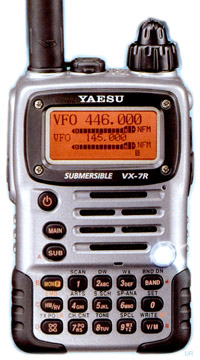
|
| ||||||||||||||||||||||||||||||||||||||||
|
BOTH OF THE ABOVE RADIOS ARE WIRES READY! | |||||||||||||||||||||||||||||||||||||||||
| . | |||||||||||||||||||||||||||||||||||||||||
| . | |||||||||||||||||||||||||||||||||||||||||
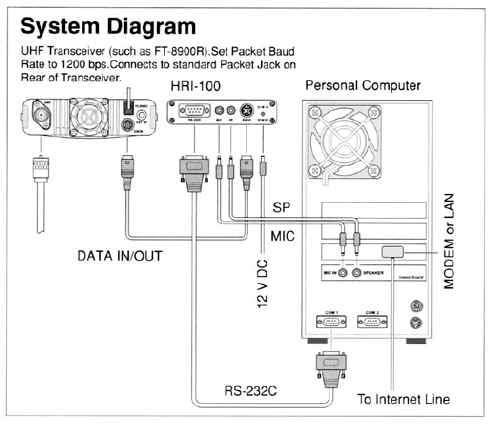 (2) The SRG (Sister Repeater Group)
operating mode allows paging of any WIRES? node (repeater or base station)
within a pre-arranged closed group, using a single DTMF digit for access.
Depending on how you configure your node, you may send this DTMF digit
once, at the beginning of the initial linked transmission, or you may
elect to require the sending of the DTMF digit at the beginning of each
linked transmission (thus allowing you to make on-the-fly switch to a
local transmission, if you like).
(2) The SRG (Sister Repeater Group)
operating mode allows paging of any WIRES? node (repeater or base station)
within a pre-arranged closed group, using a single DTMF digit for access.
Depending on how you configure your node, you may send this DTMF digit
once, at the beginning of the initial linked transmission, or you may
elect to require the sending of the DTMF digit at the beginning of each
linked transmission (thus allowing you to make on-the-fly switch to a
local transmission, if you like).